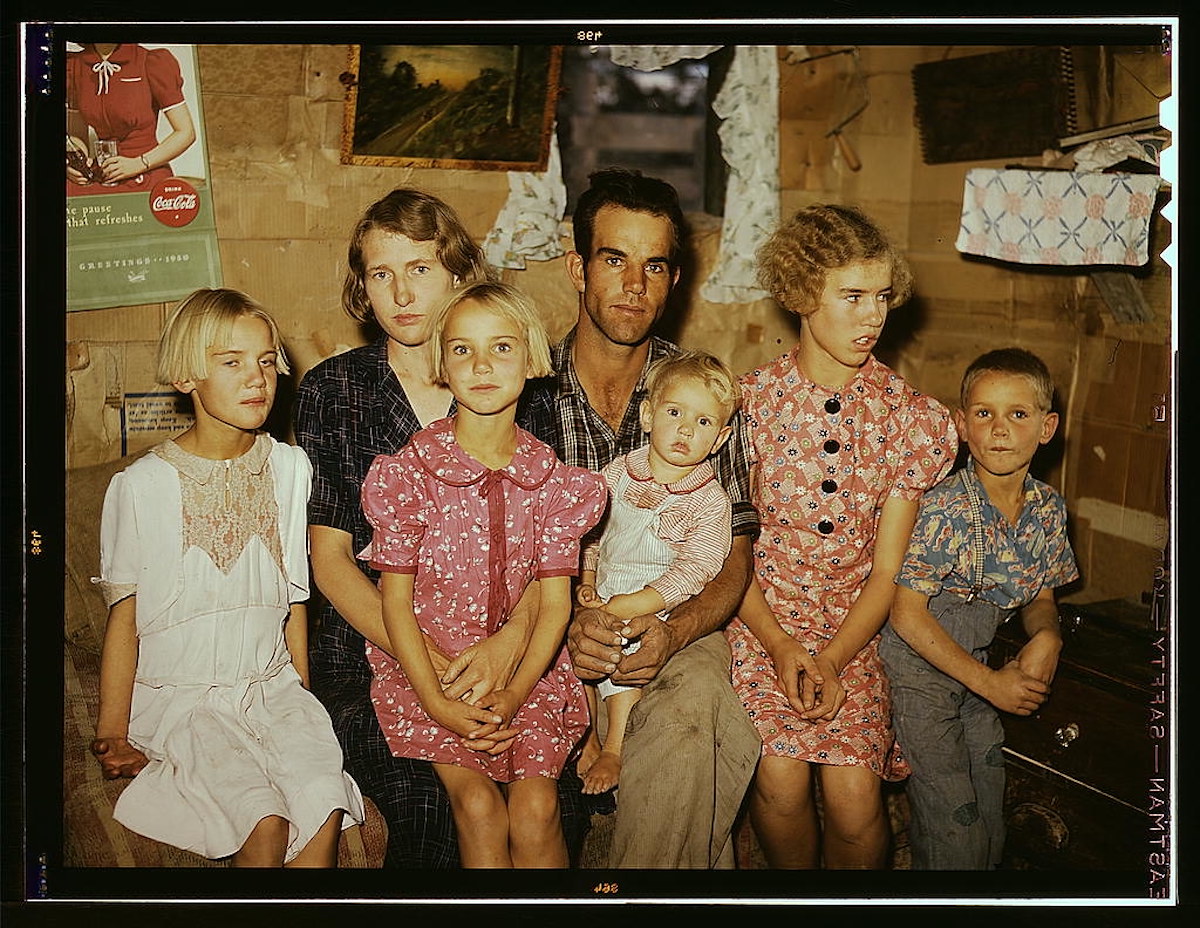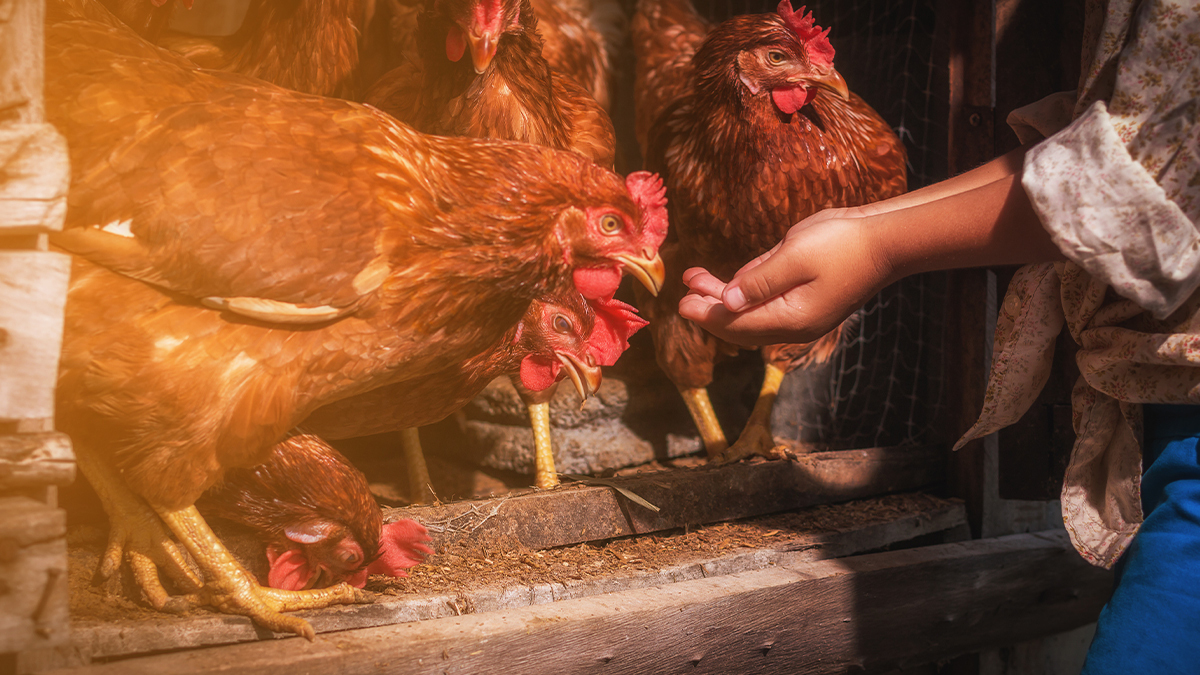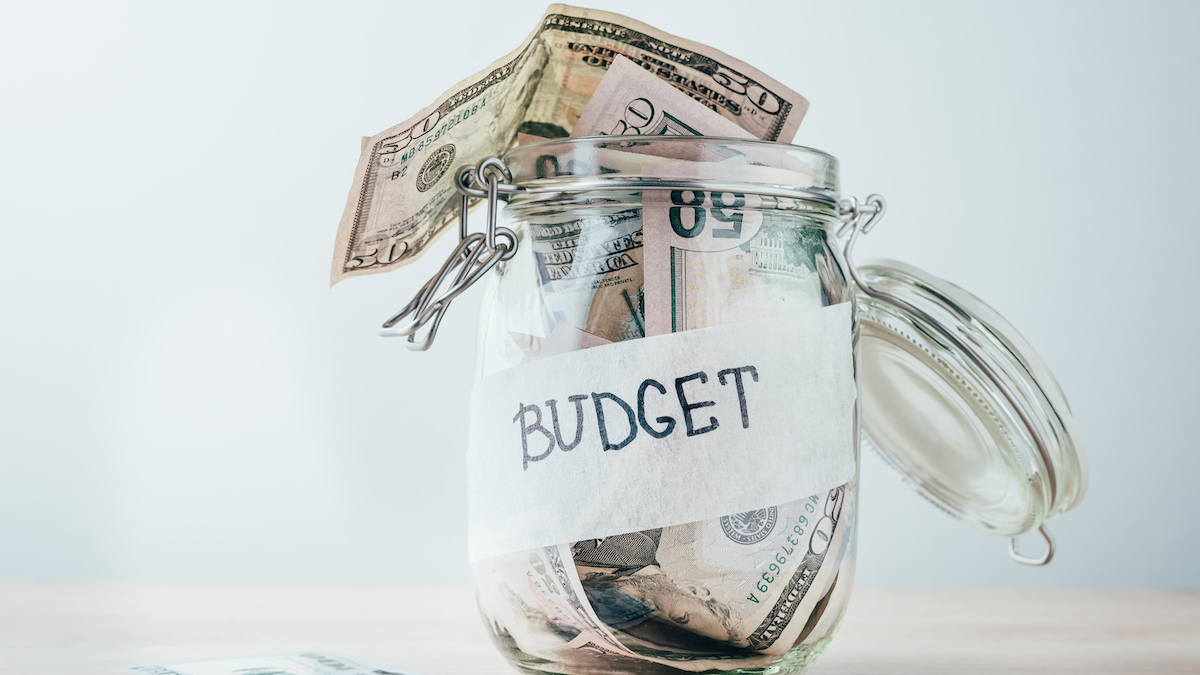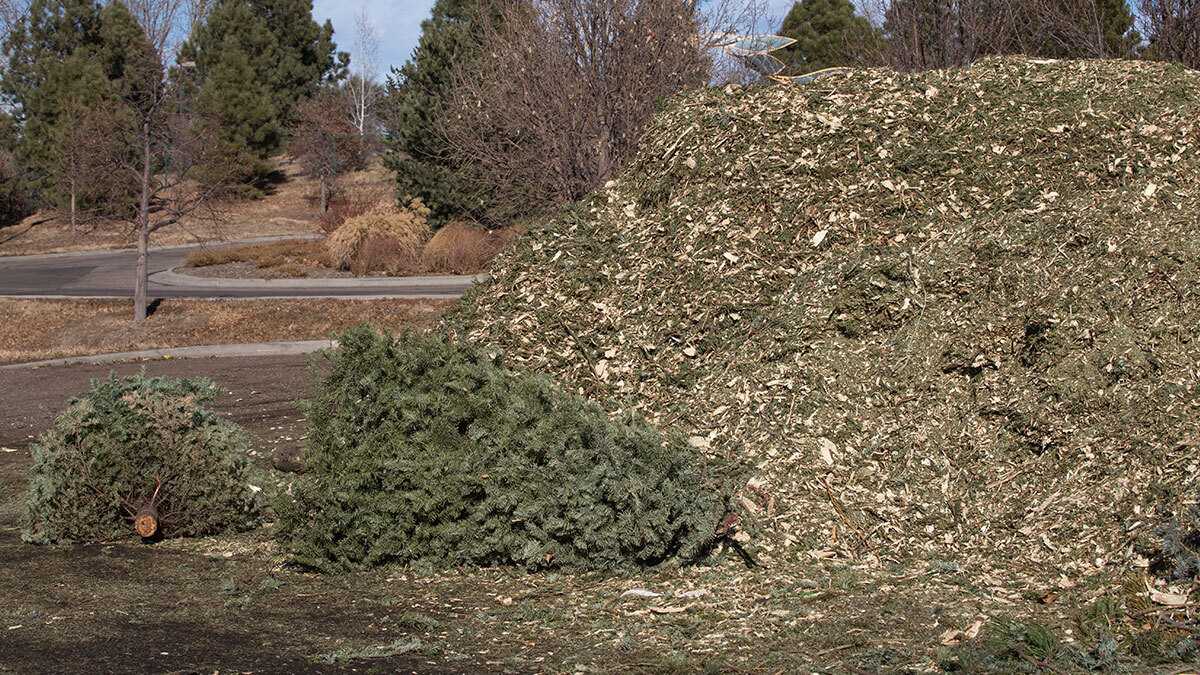on
Homesteading is growing in popularity as more people recognize the importance of self-sufficiency. The art of growing your own food and creating with your own hands is now a sought-after lifestyle.
But this isn’t anything new.
Homesteaders today are drawing inspiration from homesteaders throughout history. Whether it is watching Little House on the Prairie or reading books by Willa Cather, many people are drawn to this simpler, more independent lifestyle.
While books and films provide great inspiration, you can also learn from some of America’s first homesteaders.
Facts about Homesteading throughout History
According to The History Channel, “The 1862 Homestead Act accelerated settlement of U.S. western territory by allowing any American, including freed slaves, to put in a claim for up to 160 free acres of federal land.”
The Homestead Act required “five years of continuous residence on the land, building a home on it, farming the land and making improvements.”
Then, “In 1976, the Homestead Act was repealed with the passage of the Federal Land Policy and Management Act, which stated ‘public lands be retained in Federal ownership.’”
Alaska continued to allow homesteading until 1986.
The Homestead Act was in effect through 24 presidencies (Lincoln to Reagan).
In the 123 years the Homestead Act was in effect, there were approximately 4 million homestead claims across 30 states.
Of those 4 million homestead claims, most homesteaders claimed the allotted 160 acres. Ultimately, 270 million acres of 10% of the area of the United States was claimed under the Homestead Act.
With numbers that large, there are countless stories of extraordinary men and women who became successful homesteaders.
We’ve chosen 5 of the most famous homesteaders throughout American history to discuss today.
1. Daniel Freeman
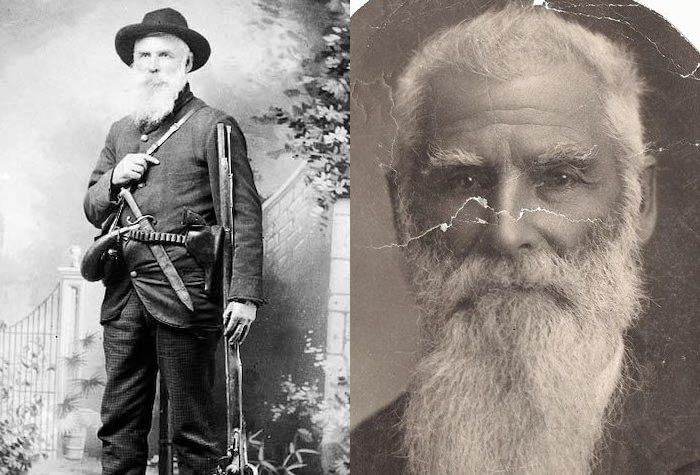
Daniel Freeman is credited with being the first homesteader in America.
According to the National Park Service (NPS), “Legend has it that Daniel Freeman filed his claim 10 minutes after midnight at the Land Office in Brownville, NE on January 1, 1863, the first day the Homestead Act went into effect.”
Knowing this, isn’t his last name fitting?
Since he is credited with being the first homesteader, the site of his homestead claim is now the site of the Homestead National Historical Park.
After claiming his homestead of 160 acres in 1863, he married Agnes Suiter in 1865. They had eight children, who ended up building homes on the homestead land. One of these log cabins is considered the first homestead cabin. They eventually built a brick home on the homestead.
They had a barn, orchards, and farming outbuildings on their homestead. There was also a school located right beside the homestead land, known as the Freeman School.
YOU MAY ALSO LIKE: Make Your Own Bricks Like the Early Homesteaders
2. Mary Meyer
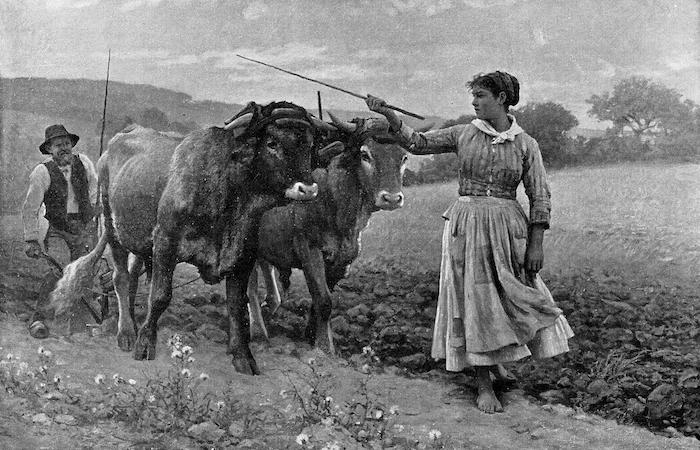
Daniel Freeman’s neighbor is also important to the history of American homesteaders – she is credited as the first female homesteader.
Mary Meyer was one of many single females who became homesteaders through the Homestead Act of 1862. Many were widowed or divorced. In fact, historians believe that single women were approximately a quarter of the homesteaders in Nebraska.
Historian Blake Bell claims, “Land is power. It really is. And especially in the mid-19th century. And women that are able to acquire land were able to increase not only their economic power, they’re increasing their social and political power as well.”
Mary Meyer made the homestead claim on January 20, 1863, but her family had already been living on the land for a few years.
Her ancestor, Robert Graff, explains for PBS, “They decided, ‘We can live on this ground until somebody else wants to buy it. So we don’t have to pay for it until then.’ That’s 1860. And then in 1862, the Act was passed; in 1863, you could sign up.”
In between the time the family moved there and 1863, Mary’s husband died. She filed the claim for the homestead anyway. She did not remarry, so the homestead was hers until she sold it in 1877.
In the time she owned the homestead, she built a home, orchards, and raised livestock.
3. Wilder Ingalls Family
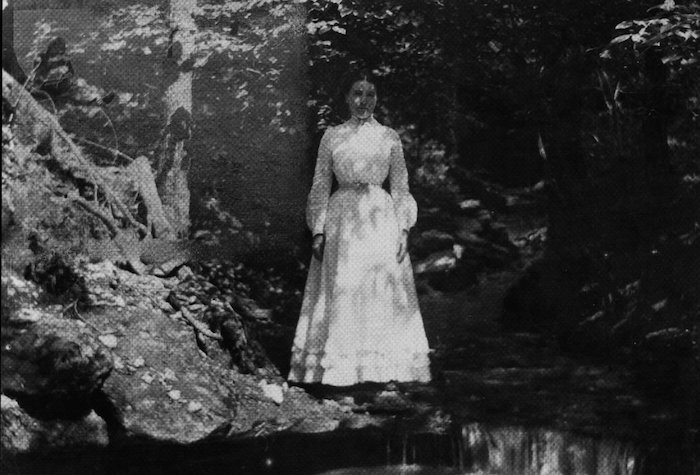
The family behind the classic Little House on the Prairie deserves a place on this list. The stories were based on actual events the Wilder Ingalls family experienced as homesteaders.
Laura Ingalls’s family moved around before eventually filing a 160-acre homestead claim in South Dakota.
As homesteaders, they dealt with many harrowing experiences, including hard labor and natural disasters (such as blizzards) – all of which Laura used in her novels.
When Laura was 18, she met Almanzo Wilder, whose family was also homesteaders. They married and lived on their family’s homestead until they settled a homestead in Mansfield, Missouri, in 1894.
Today, you can visit the Wilder homestead, the Ingalls homestead, and the Ingalls Wilder homestead.
YOU MAY ALSO LIKE: Preparedness Lessons from Little House on the Prairie Books
4. George Washington Carver
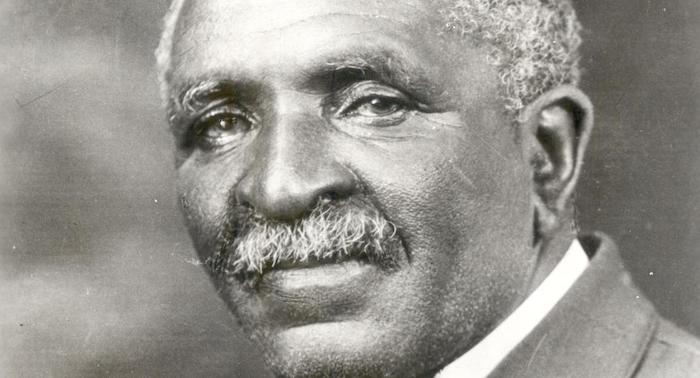
The Homestead Act of 1862 didn’t go into effect until January 1, 1863 – the same day Abraham Lincoln signed the Emancipation Proclamation.
This explains why many homesteaders were newly freed slaves.
One famous African American homesteader is George Washington Carver – the man we can thank for all the different ways we use peanuts today.
According to NPS, “He created 325 uses for peanuts, 108 applications for sweet potatoes and 75 products derived from pecans. He also developed a rubber substitute and over 500 dyes and pigments from 28 different plants. Some of the synthetic products include chili sauce; meat tenderizer; instant coffee; shaving cream; talcum powder; and Worcestershire sauce.”
However, before he started working at Tuskegee Institute in Alabama, he tried his hand at homesteading.
Carver homesteaded a quarter plot near the town of Beeler, Kansas, but he gave up before he received the patent for 160 acres. The sod house he built while homesteading has naturally returned to flat land. However, monuments at the location mark his time as a homesteader on the land.
5. Ken Deardorff
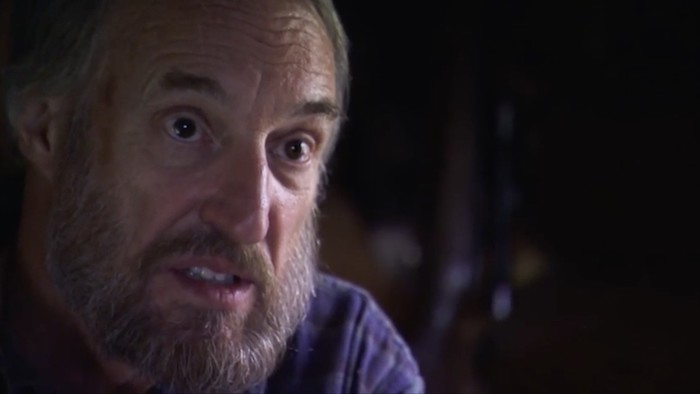
Last on our list is Ken Deardorff, America’s last homesteader.
This Vietnam veteran made his way to Alaska in 1974, intending to work with the U.S. Geological Survey.
Instead, he decided to become a homesteader in a remote area of Alaska (nearly 90 air miles south of McGrath, the closest village).
He filed a claim for a 50-acre spot by the Stony River in 1979, but it would take years before the patent was official.
He lived in a tent while he built a cabin for his family.
With the cabin being so remote, Deardorff had to rely on chartered planes, boats, or his own feet to get from place to place. Even getting the mail once a month required a lengthy, difficult journey.
According to NPS, “To supplement his income while homesteading, Deardorff opened a small general store on his property that catered to those traveling the Stony River. He also hunted and trapped furs to help make his homestead successful.”
The patent to the land didn’t arrive until 1988, two years after the Homestead Act of 1862 was repealed. However, it was determined in 2001 that Ken Deardorff was, in fact, the last American to obtain a title for homestead property.
All of his hard work paid off in the end, and yours can to if you keep on learning and working. Good luck!
Get access to premium content and more!



